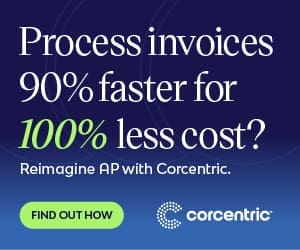Essentializing Accounts Payable Automation Software: A Comprehensive Overview Of Cost-Benefit Considerations

How Much Does It Cost To Process An Invoice
In time of industrial pressures, maintaining cost-efficacy has become paramount for corporation’s financial stability. This is especially true in Accounts Payable (AP) automation, where manual processing of high volumes of invoices can be time-consuming and labour-intensive. However, investing in the right Softwaresolution can alleviate these constraints and ultimately lead to improved operational performance. In this article, we will explain how much it can cost to automate the AP process, and what associated cost-benefit considerations exist in achieving an optimal outcome.
The deployment of software for Accounts Payable automation can be subject to certain pricing models. Depending on the provider, different approaches might be used. For example, some vendors adopt one-time fee model, while some might prefer subscription-style payment structure. Additionally, any customizations or integrations with third-party systems might also be factored into the price. To this end, it is essential to establish clear understanding of the total cost before committing to particular solution.
Beyond the cost of the software itself, the requisite hardware and infrastructure should also be taken into account. This may include the purchase of additional servers, desktops, and networking equipment, as well as their installation, configuration, and maintenance. Considering this, it is often more cost-effective to host software on securely maintained cloud server as opposed to managing physical IT infrastructure. Doing so also enables providers to offer continuous feature improvements, whilst supporting users during maintenance outages.
It is important to recognize that the cost of Accounts Payable automation software is not an expense, but instead an investment. By leveraging the power of automation to elide the manual tasks of data-entry and query resolution, the errors, redundancies, and associated costs are significantly reduced. Furthermore, when integrated into system such as enterprise resource planning, this automation software allows for greater visibility, accuracy, and consistency in cost planning. This can ultimately lead to improved financial decision-making and operation of the business.
In closing, organizations should assess the total price paid (including hardware, software, installation, and implementation) against the return on investment that automation software brings. If cost-benefit analysis is conducted, it will become clear that the incorporation of Accounts Payable automation software is not simple expense, but profitable investment for the long term. This can enable organizations to maximize operational performance, and ensure that the entire AP process is optimized and efficient.

